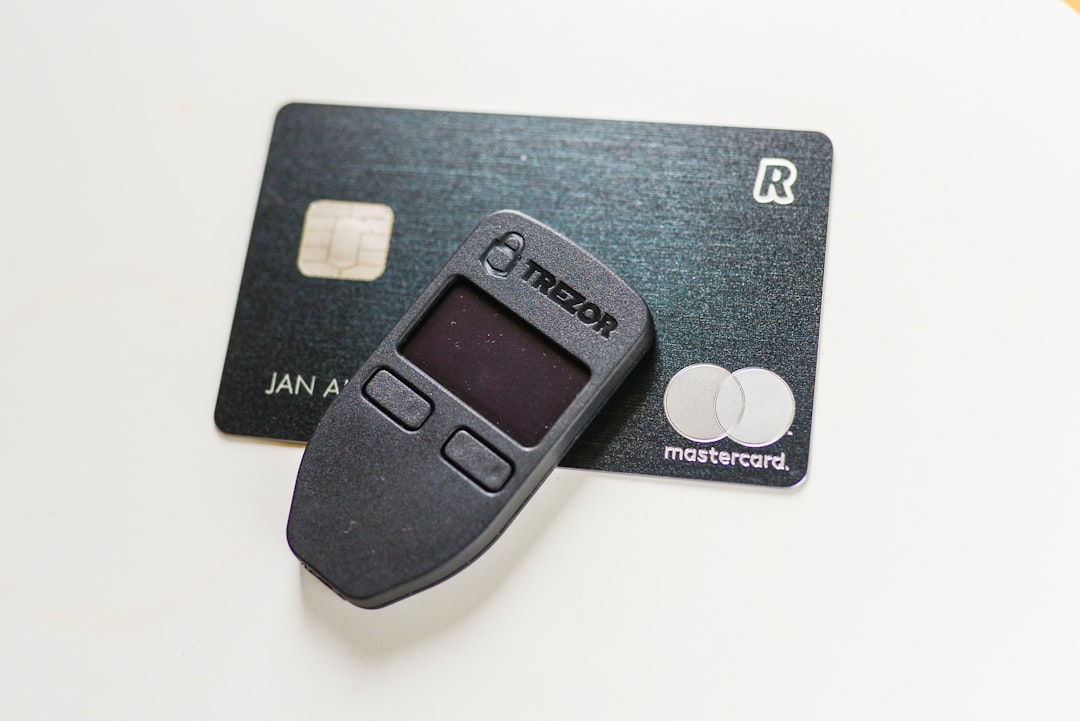Launching email campaigns from a brand-new domain can be both exciting and treacherous. Without a proper warm-up process, new sending domains often face challenges such as deliverability issues, spam filtering, and damaged sender reputations. That’s why having a solid email warm-up plan is vital, especially in 2025, where mailbox providers are using increasingly sophisticated AI-driven filters that scrutinize every incoming message.
This article outlines a comprehensive and up-to-date Email Warm-Up Plan for New Sending Domains, designed to help marketers and businesses establish credibility and maximize inbox placement from day one. Whether you’re starting with a completely new domain or separating sending traffic from your primary domain for better performance, this guide will illuminate the path forward.
Why Warming Up Matters More Than Ever in 2025
In 2025, the stakes are higher than ever. With the introduction of new algorithms and AI-powered adaptive filtering models by major providers like Google, Microsoft, and Yahoo, reputation-based filtering has become the centerpiece of email delivery decisions. These filters weigh several elements but hold particular scrutiny for brand-new domains with no activity history.
Key reasons warming up a domain is essential in 2025:
- Trust building: Mailbox providers need to see consistent, positive behavior before trusting a new sender.
- Improved deliverability: Warm-up helps keep your emails out of spam folders by establishing sender legitimacy.
- Avoid permanent bans: Sending high volumes out of the gate can label you as spammy, leading to blacklisting or compliance issues.
Pre-Warm-Up Preparation
Before you begin sending emails, there are critical setup steps you need to complete. The warm-up phase will only succeed if your technical foundation is rock solid.
1. Domain Authentication
Set up SPF, DKIM, and DMARC records for your sending domain. These not only help verify your emails but also protect from spoofing. For 2025, it’s increasingly common for mailbox providers to require all three before accepting even basic mail streams.
2. Dedicated Sending Infrastructure
Use a dedicated IP address if you’re expecting large volumes, or ensure your email service provider has a good shared IP reputation. The sending infrastructure should be exclusive to marketing email traffic—not transactional messages or account notifications.
3. Mailbox Seeding Tools
Use mailbox placement tools to test where your emails are landing—Inbox, Promotions, Spam, or otherwise. This helps track warm-up effectiveness in real-time and diagnose issues early.

Week-by-Week Email Warm-Up Plan
The plan below assumes you’re warming up the domain via a gradual increase in email sends while monitoring performance metrics. You should personalize the pacing depending on list size, engagement, and domain age.
Week 1: Building the Foundation
- Send to internal lists or highly engaged users.
- Cap sending volume at 50 to 100 emails per day.
- Focus on plain text or lightly styled emails to appear less promotional.
- Monitor daily open rates, spam complaints, and delivery reports closely.
Week 2: Establishing a Presence
- Increase volume to 300–500 emails/day.
- Expand to include broader, still-engaged audience segments.
- Encourage replies or engagement (e.g., call-to-action responses).
- Begin segmenting by behavior (opens, clicks, inactivity).
Week 3: Testing Content Variety
- Raise volume to around 1,000–2,000/day, depending on response rates.
- Use a mix of HTML and text-based content, and test different subject lines.
- Introduce minimal promotional offers, steering clear of spammy language.
- Ensure bounce rates are under 2% and open rates remain healthy (>20%).
Week 4 and Beyond: Scaling with Confidence
- Begin hitting 5,000+ emails/day, with pacing tailored to engagement rates.
- Reintroduce regular marketing content and begin A/B testing tactics.
- Check your sending reputation using tools such as Google Postmaster Tools and Microsoft SNDS.
- Segment aggressively and remove unengaged contacts regularly.
Keep in mind: If metrics drop, don’t go forward—pause, investigate, and adapt. Deliverability damage in the warm-up phase is harder to fix later.
Email Content Tips During Warm-Up
The content of your emails greatly influences how ISPs perceive your domain. Here’s how to make your content work with your warm-up efforts:
- Personalize copy with first names, locations, or past purchase behavior.
- Avoid spam-triggers like “Buy now!”, “Free!!!” or URL shorteners.
- Monitor image-to-text ratio. Keep a high percentage of text.
- Be clear and professional. Use branded email footers and clear unsubscribe options.
Mailbox filters will examine email quality closely for new domains. Make each message count.

Tools and Services for Warming Up
In 2025, many platforms are offering automated warm-up services that mimic human-like engagement (opens, replies, forwarding). While these can help, they should not replace organic engagement from actual users.
Useful tools include:
- Lemwarm and Mailreach for automated warm-up sequences.
- Postmark, SendGrid, or MailerSend with built-in warm-up support.
- GlockApps and Email on Acid for inbox testing and spam diagnostics.
Remember to rotate between human-driven and automation-driven interactions for a more realistic email behavior footprint. ISPs are getting better at detecting artificial warm-up techniques, so authenticity remains paramount.
Common Pitfalls to Avoid
Even with the best-intentioned strategy, senders can make mistakes. Here are the top pitfalls to avoid in your email domain warm-up journey:
- Growing too fast — Rapid send increases trigger spam filters. Stick to gradual pacing.
- Using cold or purchased lists — These addresses often contain spam traps and sinkholes.
- Ignoring feedback loops — Always monitor complaints, bounces, and delivery interruptions.
- Skipping authentication — Always set up SPF, DKIM, and DMARC from day one.
Metrics That Matter
During and after the warm-up, the following KPIs will be your guiding lights:
- Open rate – Aim for 20–30% in early phases.
- Click-through rate (CTR) – 2–5% is solid during early warm-up.
- Bounce rate – Keep below 2% at all times.
- Spam complaints – Must stay below 0.1%.
- Inbox placement rate – Measured using testing software; aim for 90%+
The Long-Term Game
Warming up a domain is just the beginning of building long-term email success. Once deliverability is established, continue nurturing recipients’ trust through valuable content, thoughtful segmentation, and regular reputation checks.
Email remains one of the highest-ROI marketing channels in 2025, but only for senders who understand that reputation is earned, not assumed. With patience and precision, a new sending domain can quickly grow into your most trusted asset for digital outreach.
By following this step-by-step plan, marketers and businesses can navigate the warm-up process with confidence and clarity, ensuring that every email counts—starting from send #1.

